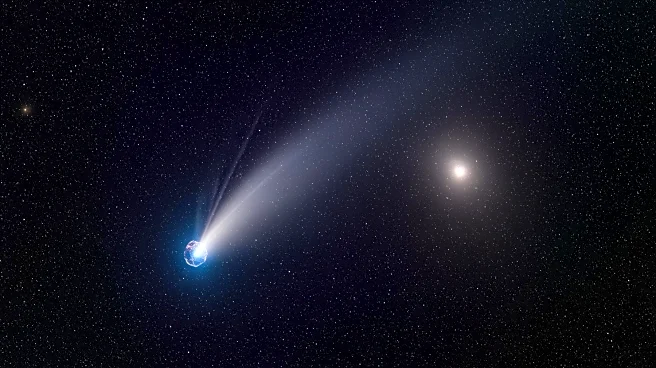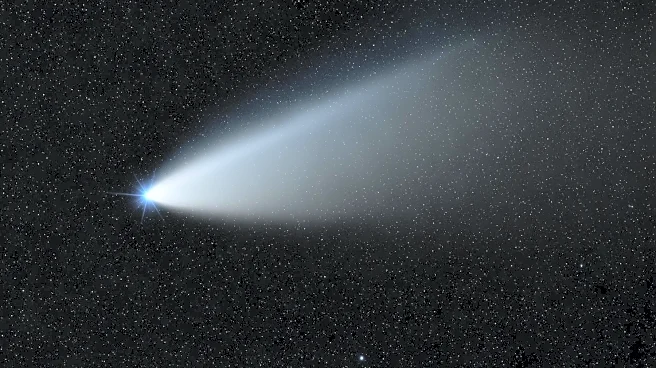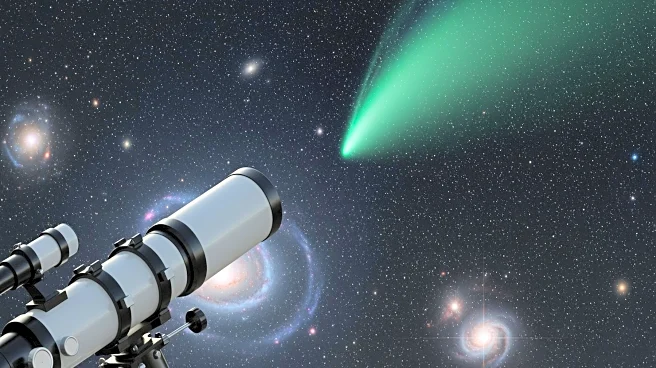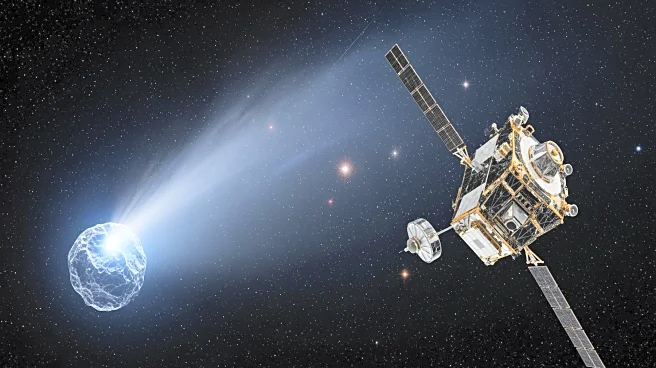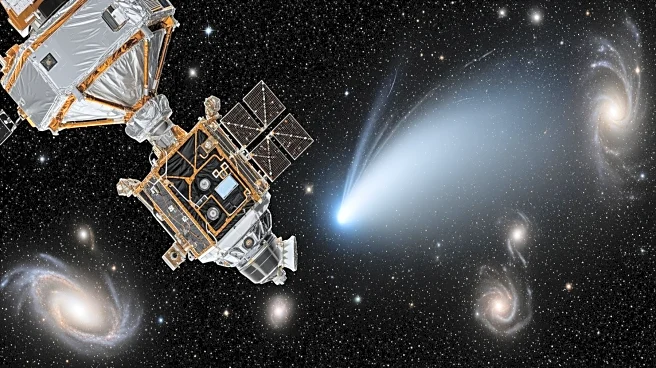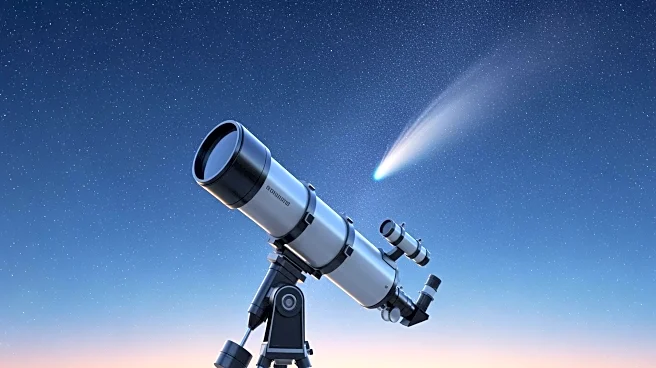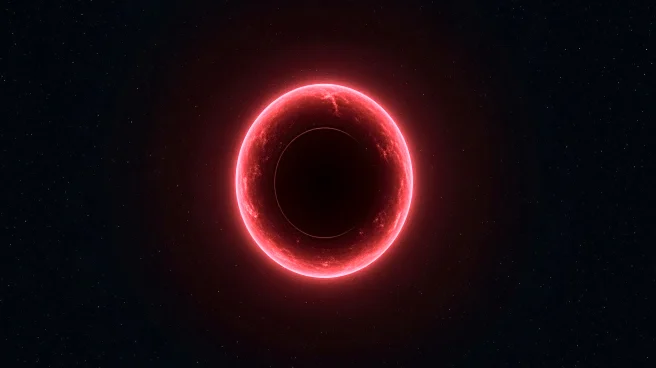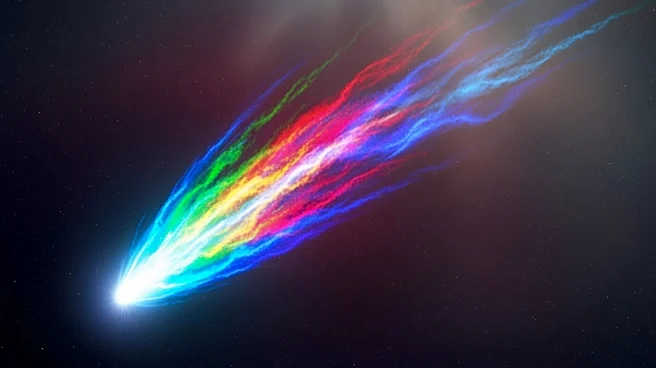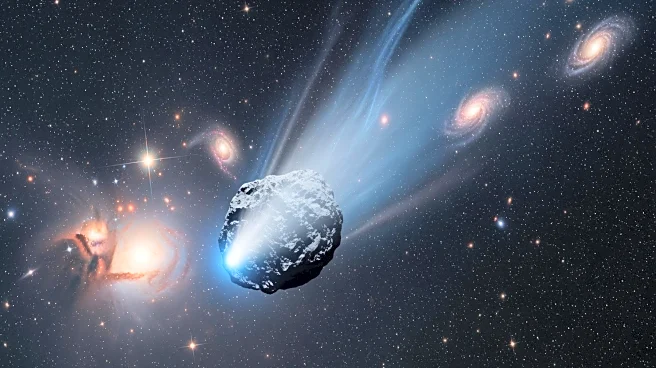What's Happening?
Comet 3I/ATLAS, an interstellar object, may have been altered by cosmic rays over billions of years, complicating efforts to determine its home star system. The comet exhibits unusually high levels of carbon
dioxide, possibly due to cosmic ray exposure. This process could have transformed the comet's surface, obscuring evidence of its origins. Researchers suggest that cosmic rays have a significant impact on the chemical composition of interstellar objects, challenging previous assumptions about their preservation.
Why It's Important?
The potential alteration of Comet 3I/ATLAS by cosmic rays raises questions about the reliability of interstellar comets as indicators of their home star systems. This challenges existing theories about the preservation of information in these objects, impacting the understanding of cosmic evolution and the conditions in other star systems. The findings highlight the need for caution in interpreting data from interstellar comets.
What's Next?
As Comet 3I/ATLAS approaches the sun, astronomers hope to observe more pristine material beneath its surface, potentially revealing insights into its origins. Upcoming observations with the James Webb Space Telescope and ground-based telescopes will be crucial in exploring the comet's composition and behavior.
Beyond the Headlines
The study of Comet 3I/ATLAS underscores the complexity of interstellar objects and the challenges in deciphering their histories. The impact of cosmic rays on these objects may require a reevaluation of theories about the universe's formation and the potential for life beyond Earth.


